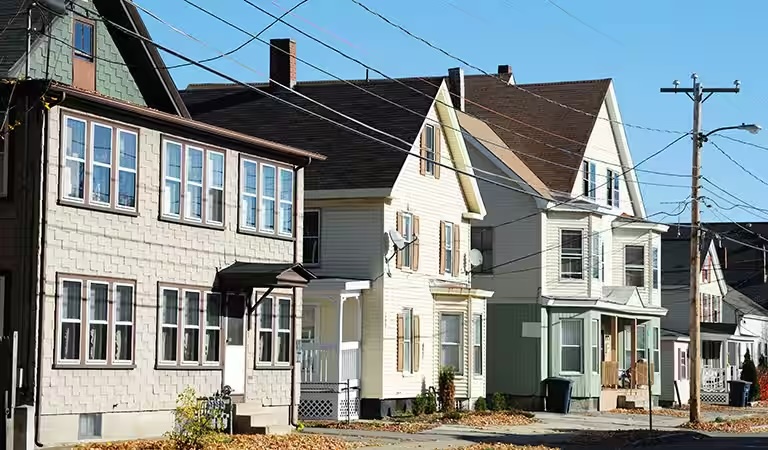There is an entire list of measures that can assist in prevention of damaging factors. For example, you can utilize safety tubing and boxing to keep the wiring safe during dismantlement. If there’s danger of chemical corrosion, it is best to use specialized coating, and the laying itself should be performed with all the necessary precautions in mind. Ideally, the cable should be protected across its entire length. But since it cannot always be done, most people secure the most vulnerable areas only.
All protection methods that are being used by a specialized team can be classified by specific features. The installation place matters as well. Therefore, there are three main ways to choose from. Undergrounding is a method of laying the cables through the soil. A one-piece protection of the entire cable is not required: if the depth of the trench is 1,2m or more, it is enough to tighten up security in the area of underground work; you need to be mindful of step voltage. Above ground cable installation is used when the wiring is external or stems from a utility pole near the building. Internal laying covers any work with the wiring inside the walls. This method is used to ensure safety of conductive elements if there’s a danger to damage them during construction works or renovation in a private house or a cottage.
The material of the protection plays a large role. Brick and ferroconcrete provide excellent durability and are utilized in a wide array of works, including as a crossover walkway. It is recommended to use perforated or non-perforated metal for a specialized contraption if a non-armored cable is being laid. Products of this kind can be additionally galvanized or paint-coated for additional protection from corrosion.
A polymer is one of the lightest materials used for this work. Though, it is ill advised to use it for an external installation since natural causes and ultraviolet rays will hasten its deterioration. In case of undergrounding and external installation – if the latter does not presume dynamic strain – the use of asbestos or ceramics is recommended. That way you can provide an additional layer of protection from outside causes.

